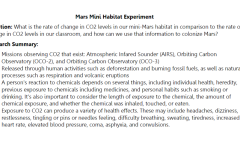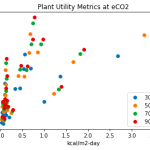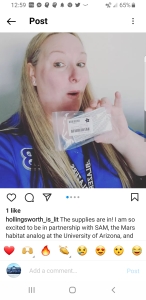SIMOC papers presented at ICES 2022
The SIMOC team presented two papers at the International Conference on Environmental Systems (ICES), July 10-14, 2022, Saint Paul, Minnesota.
Integrating Mushrooms into an Agent-based Model of a Physico-chemical and Bioregenerative ECLSS
by Sean Gellenbeck with Joel Cuello, Kai Staats, Ezio Melotti, and Grant Hawkins
“To design a stable and integrated bioregenerative life support system for long-duration, off-world missions, several biological subsystems will need to be included in the initial trade study and modeling effort. One such proposed subsystem is mushrooms.”
Responses to Elevated CO2 on Food Production and Life Support Systems in a Mars Habitat
by Grant Hawkins with Ezio Melotti, and Kai Staats
“A species-specific model of responses to ambient CO2 on plant CO2 absorption, transpiration and biomass production is integrated into SIMOC [ICES 2019, 2021], an agent-based model for high-fidelity ECLSS and bioregenerative simulations.”
Visit the SIMOC and SAM Publications page to learn more …



















